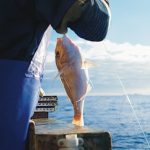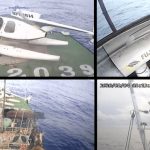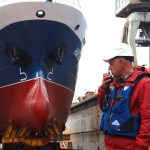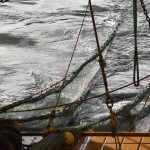It is informed that this month most of the North Island was opened for the gathering of beach-cast seaweed – the loose weed that is blown ashore in storms. But concerns have been raised that a quota system allowing harvesting below the waterline could harm the marine environment. Seaweed Association chairwoman Jill Bradley backed the government decision to allow more beach collection.
She said that beach-cast seaweed is a natural occurrence, and [it] is a hand-harvested industry. The environmental issue is secondary, as all the seaweed is not removed – about 10 per cent is always left. According to her it could provide a new source of income for remote coastal communities.
The association is said to raise its concerns about the ministry’s proposal to introduce a quota system for seven seaweed species, which could allow the cutting of the weed below New Zealand’s waterline. Bradley said that the Quota Management System [QMS] is a world-leading framework, but it may not be the best option here because seaweed is the only fishery that has the potential to negatively affect all other high-value inshore fisheries.
According to Bradley the ministry should wait until 2011 to make a decision after the results of a five-year scientific study. Forest and Bird New Zealand marine advocate Kirstie Knowles said commercial harvesting had the potential to upset fragile coastal habitats.
Owner Roger Beattie said a $380,000 Canterbury University research project, which he half-funded, showed the harvesting of kelp was as sustainable as mowing your lawn. New Zealand has vast forests of seaweed which have been protected under moratorium for the last 18 years.








